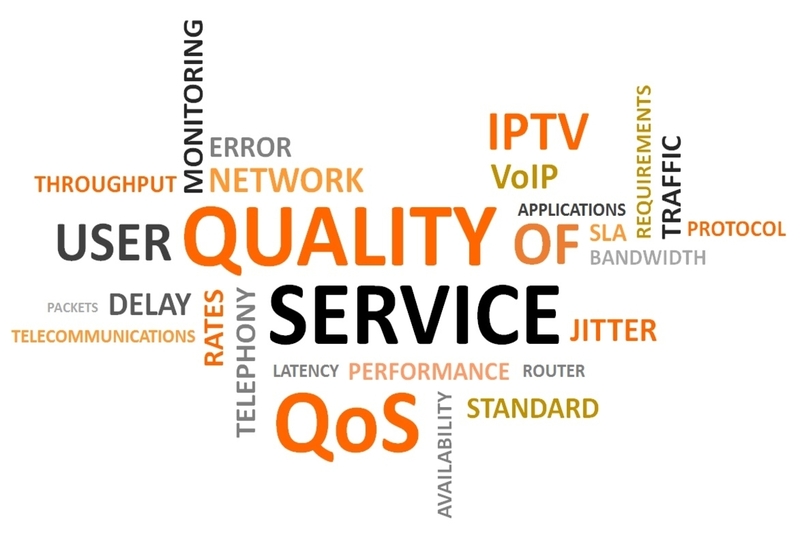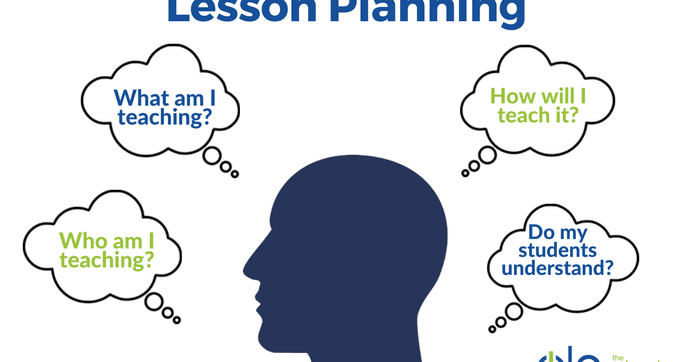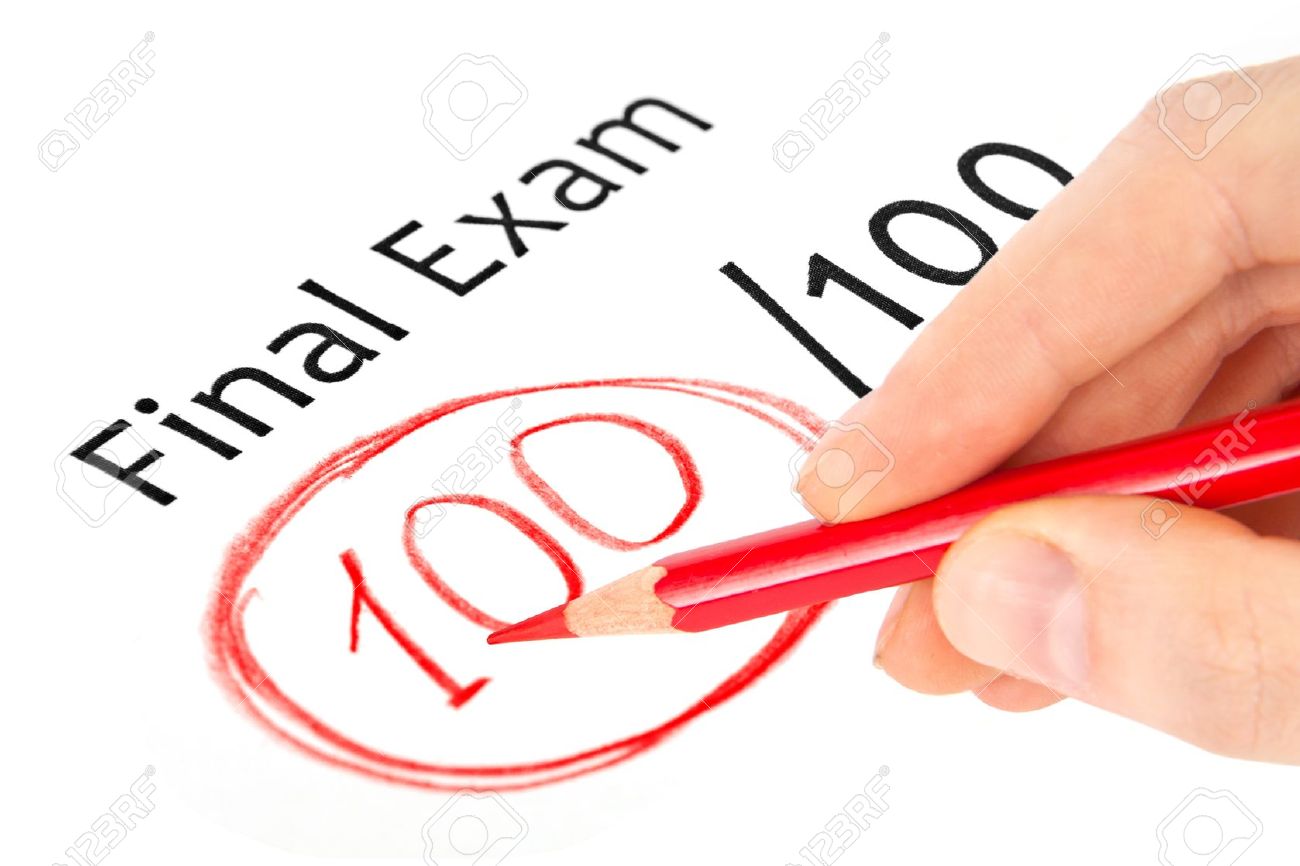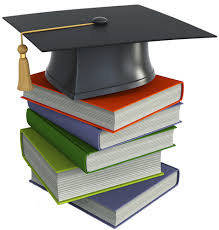RTIC/QoS/TIC2024/Ahmed GHENABZIA
مخطط الموضوع
-

Quality of Service and Multimedia aims to provide students with a theoretical and technical understanding of multimedia components and systems. It covers contemporary, interactive multimedia technology systems, focusing on types, applications, and theories of operation. Additionally, it includes multimedia data representation, compression, retrieval, and communication in an integrated manner. Upon completing the course, students will understand the fundamental concepts and be able to critique the technologies associated with various QoS rules in network multimedia communication.
-
Teacher's name: Ahmed GHENABZIA
University: University Mohamed Boudiaf, M'sila, Algeria.
Institute: Mathmetics and Computer Science.
Department: Department of Computer Science.
Target Group: First year of Master Students.
Specialty: RTIC
Subject: Quality of Service and Multimedia
Coefficient: 3
Credit: 5
Course and Tutorial class
Volume Horiare: 4,5 hours per week/ 60 hours per semester.
Wednesday: From 9:30 am to 12:30 pm
Email: ahmed.ghenabzia@univ-msila.dz
Response on the forum: Any question related to the course should be posted on the dedicated forum. I ensure that everyone can benefit from my response and I will answer the questions within a 48-hours.
Via email: I commit that I will be responding to questions via email within 48 hours of receiving the message except in unfortunate circumstances. I would like to emphasize that the preferred communication is the forum, and email should be reserved for 'urgent' matters (such as platform access issues).
-
-
منتدى

-
المحادثة

-
-

The purpose of this course is to provide students with a comprehensive understanding of fundamental concepts and practical applications within the field. Therefore, the aims of this lesson are to:
- Recall the basic definitions and properties of arrays and manupilation
- Understand theoretical and technical aspects of multimedia components and systems.
- Demonstrate critical thinking and problem-solving skills in real-world applications.
- Apply compression, retrieval, and communication techniques in multimedia systems.
- Be proficient in working with different types of multimedia using Python.
-
الاختبار
-

To fully comprehend this course, students should have the following prerequisites:
- Students should have an understanding of vector operations, including addition, subtraction, and multiplication.
- The student must be proficient/skills in solving simple linear equations.
- Students should have critical thinking and problem-solving skills.
- The student must be proficient/skilled in programming - Python -.
- To assess these three prerequisites, a test is available below.
-
الاختبار
-

-
الملف
-
-
This course, Quality of Service and Multimedia, is designed to equip students with a robust theoretical and technical foundation in multimedia systems and their components. The curriculum delves into modern, interactive multimedia technologies, emphasizing their types, applications, and underlying theories of operation. In addition to exploring multimedia data representation, the course covers critical aspects such as compression, retrieval, and communication, all integrated to give a holistic view of the field. By the end of the course, students will have gained a deep understanding of these core concepts and will be capable of critically analyzing the technologies that drive Quality of Service (QoS) rules in networked multimedia communications.
Course Content Overview
The course is organized into weekly modules, each dedicated to exploring a specific area within multimedia systems. The key topics include:
Digital Image Fundamentals
- Grayscale and color image structures
- Lookup table for color images
- Various image file extensions
Digital Audio Fundamentals
- Waveform and audio structure basics
- Key audio features, including sample rate and bit depth
- Audio file extensions
-
الملف
-
the objective of the module is to explore the fundamentals of digital image representation, including acquisition, pixel structure, color models, and image coding techniques. The course aims to provide students with a comprehensive understanding of how digital images are created, stored, and manipulated in computer science applications. By covering topics such as pixel definition, resolution, color spaces (RGB, XYZ, HSV), and various image coding methods (binary, grayscale, color, indexed color), students will gain insights into the complexities and applications of digital image encoding.
-
الملف
-
حزمة سكورم
-
المحادثة
-
الملف
-
الواجبفتحت: Friday، 23 August 2024، 12:00 AMتستحق: Friday، 30 August 2024، 12:00 AM
-
-
-
الملف
-
حزمة سكورم
-
المحادثة
-
الواجبفتحت: Friday، 23 August 2024، 12:00 AMتستحق: Friday، 30 August 2024، 12:00 AM
-
-
In conclusion, this course has provided a comprehensive understanding of the fundamental aspects of multimedia systems, particularly focusing on digital image and audio fundamentals. By exploring grayscale and color image structures, the use of lookup tables for color images, and the various image file extensions, students have gained critical insights into how digital images are represented, processed, and stored. The foundational knowledge of waveform and audio structures, along with key audio features such as sample rate and bit depth, further equips students with the necessary skills to work effectively with digital audio files.
Overall, the course has been designed to build a solid foundation in multimedia systems, preparing students to handle the complexities of multimedia content in various applications. By mastering these essential concepts, students are well-prepared to tackle challenges in fields like digital media processing, multimedia software development, and quality of service in multimedia systems.
-

Objectives
The goal of this Test is to examine whether the student has read the course or not. Duration time: 40 minutes, you have only one try. If the score is less than 60%, that means the student did not pass the final exam. Therefore, the student should reread the course.
-
الاختبار
-
-

-
الملف
-
-

Bibliographic references
- Fundamentals of Multimedia, Ze-Nian Li and S. Drew, Pearson Education, 2004.
- Multimedia Systems: Algorithms, Standards, and Industry Practices, Parag Havaldar and Gérard Medioni, Course Technology, 2010.
- Digital Multimedia, Nigel Chapman and Jenny Chapman, Wiley, 2000.
- Fundamentals of Multimedia, Ze-Nian Li and S. Drew, Pearson Education, 2004.
-
-
الملف
-
فتحت: Thursday، 22 August 2024، 12:00 AMتستحق: Thursday، 29 August 2024، 12:00 AM
-
